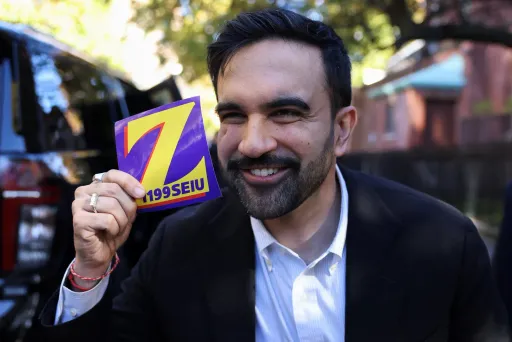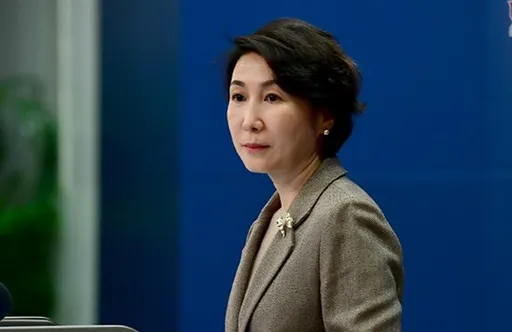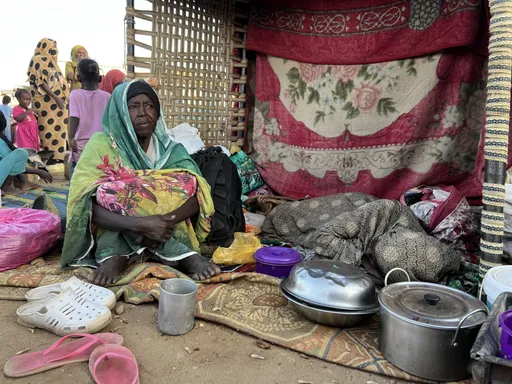By Peter Nyanje
There is currently an intense debate in Tanzania after the government announced that it has reached an agreement ‘’in principle’’ with Dubai, to have a Dubai-based port operator, DP World, to run some operations at the Dar es Salaam port.
The debate started after parts of the Intergovernmental Agreement between Tanzania and Dubai leaked with some Tanzanians saying there was no need for the government to leave the running of a sensitive infrastructure such as a port to a foreigner.
After the government explained that it currently has no facilities to run the port effectively, some agreed that giving the port’s operations to a private firm was a good idea but that it should have been a domestic operator instead of a foreign firm like DP World.
While the debate lingers, it is clear that privatisation of operations at Dar es Salaam port is unavoidable given its current circumstances.
For over two decades, major part of Dar es Salaam port has been handled by Tanzania International Container Terminal Services (TICTS) until its contract expired earlier this year and the government showed no intention of extending it.
Initially, the government of Tanzania announced that it wanted to run the port itself through Tanzania Ports Authority (TPA).
Government talks with DP World have alerted some countries in eastern and southern Africa that depend on Dar es Salaam port.
Some countries in the region with sea ports view the Dar es Salaam port as a competitor.
Improvement of operations at Dar es Salaam port will have far reaching effects not only for Tanzania, but all member states of the regional blocs, East Africa Community (EAC) and Southern Africa Development Community (SADC.
Investments and improvements by TICTS at Dar es Salaam port had increased efficiency but not to the level of making the port competitive enough in the region.
Thus, in recent years, it has been losing business to ports of Mombasa in Kenya and port of Durban in South Africa, which have also continued to improve their operations.
A recent initiative to improve the Dar es Salaam port is known as the Dar es Salaam Maritime Gateway Project (DMGP) which involved deepening of berths 1 to 7, construction of a new berth for handling vehicles and deepening of port entryway.
However, Tanzanian Minister for Works and Transportation, Prof Makame Mbarawa told the Parliament recently that despite the improvement measures, operations at the port are below international standards.
For instance, waiting period for a ship to dock is average of five days while at Mombasa and Durban is less than two days.
One day which a ship spends at anchorage costs $25,000 and a ship might take up to five days at the dock for offloading and loading while the international standard is only one day.
This has forced many major shippers to avoid Dar es Salaam port which means loses to the Tanzanian economy.
The problem has also increased the cost of transit goods whereby importing a container to DRC through Dar es Salaam port, for example, costs between $8,500 and $12,000 which is much higher than the costs at other ports in the region.
A report published by the World Bank in 2013 showed that in 2012, loss resulting from inefficiencies at the Dar es Salaam port was estimated to be $ 1.8 billion for the Tanzanian economy and $ 830 million for the neighbouring countries which depended on the facility.
According to the World Bank, the losses were equivalent to 7% of Tanzania's annual GDP. Tanzanians and other East Africans had to pay more for imported commodities including fuel, cement, fertilizers and medicines, due to increased port costs.
Long delays at the Dar es Salaam port are the main cause. In mid-2012, ships were waiting up to 10 days on average just to berth and an additional 10 days to be able to unload and move their merchandise.
The Dar es Salaam port provides a gateway for 90% of Tanzanian trade and is also the access route to six landlocked countries including Malawi, Zambia, Burundi, Rwanda, and Uganda, as well as DRC.
An alternative
Therefore, some SADC countries might be of the view that the decision by Tanzania to enter into agreement with DP World could not have come at a better time because they will benefit too.
The ineffective state of operations at Dar es Salaam port is mainly caused by a lack of modern technology and operational facilities.
Tanzania says it has settled for DP World to handle the port because of its end-to-end total logistics chain solution, meaning in addition to its experience in running port operations, it also deals with handling of a cargo from its origin point to the end. DP World currently operates six ports in Africa and more than 30 ports worldwide.
The port of Durban is still southern Africa’s main gateway to the world. It carries about 60% of the trade to and from South Africa and services a large portion of inland Southern Africa.
But Durban, along with other ports in South Africa and neighbouring countries of Mozambique, Namibia and Angola have also faltered after decades of underinvestment. Dar es Salaam port could be a good alternative if really improved.
Recently, the US announced a $250 million financing to revive a major rail linking DRC with Angola to improve transportation.
Intercontinental trips
Under this project, there is a planned railway line connecting the Angolan port city of Lobito, which is on the coast of the Atlantic Ocean, to Dar es Salaam, through the Zambian city of Kapiri Mposhi.
This means connecting transportation between the Atlantic Ocean and the Indian Ocean. The improvement of Dar es Salaam port is crucial for onward transportation of cargos.
Tanzania has said that its customs revenues through Dar es Salaam port are set to increase from the current level of Tsh7.76 trillion ($3.25 billion) to Tsh26.7 trillion ($11.13 billion) in 2032/2033. The amount is equivalent to more than half of Tanzania’s annual budget.
General operations are also expected to be faster, the cost of transport cheaper for neighbouring countries and transportation of goods between African countries, and other parts of the world including Europe and Asia will be facilitated.
Therefore, the having vibrant ports in Eastern and Southern Africa like the Dar es Salaam port is very crucial to economic activities.
The author, Peter Nyanje, is a political and economic analyst based in Dar es Salaam, Tanzania.
Disclaimer: The viewpoints expressed by the author do not necessarily reflect the opinions, viewpoints and editorial policies of TRT Afrika.




















